Geometry and Measure
Loci and constructions - WJEC
To draw constructions you need a pencil, ruler and a pair of compasses. Loci are used to identify areas that satisfy criteria such as a given distance from a point or halfway between two lines.
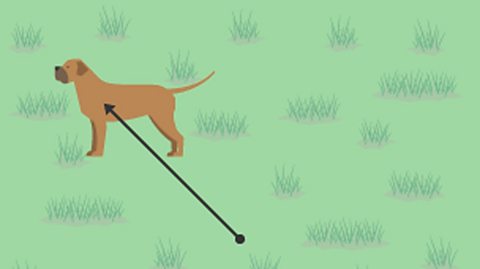
Pythagoras' theorem - Intermediate & Higher tier - WJEC
Pythagoras’ theorem allows us to calculate lengths in right-angled triangles. Right-angled triangles are seen in everyday life – from the dimensions of a television to a ladder resting against a wall.
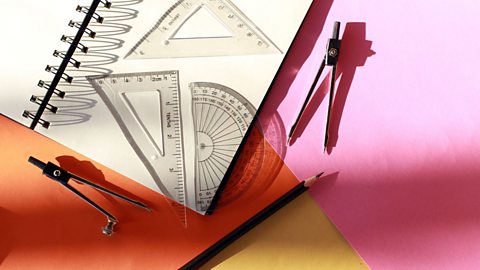
Trigonometry – Intermediate & Higher tier - WJEC
Trigonometric relationships are very important in the construction and planning industry and allow precise calculation of unknown lengths and angles.
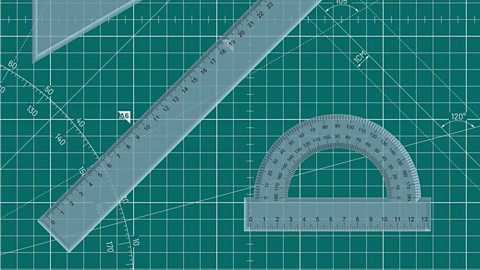
Enlargements/Similar shapes - Intermediate & Higher tier - WJEC
Scale factors ensure that a shape stays in the same proportions when the size is changed. This may be important when resizing photos or company logos to ensure the image does not become distorted.

Maps - WJEC
Maps and scale drawings form a crucial part of everyday life. Scale drawings are useful in a variety of careers from surveyors, to town planning and architecture. We also need to understand bearings.

Conversion between metric and imperial units - WJEC
With international collaboration so important to industry and the economy, it is vital to be able to convert between metric and imperial units. Read through this GCSE maths study guide and learn how to convert kilometres to miles, calculate centimetres and millimetres to inches and feet, and learn the differences between litres, pints and gallons.

Dimensional analysis - Intermediate & Higher tier - WJEC
Dimensional analysis allows us to make inferences and deductions about formulae. It provides us with an alternative way to check our own calculations and those of others.

Compound measures - WJEC
Compound measures are types of measure that involve two or more different units. Examples of compound measures include m/s, g/cm³, population per km² and miles per gallon.
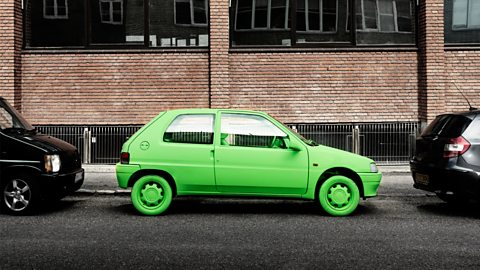
Perimeter and area - WJEC
Knowing how to find the perimeter or area of a shape can be useful in everyday life - from wrapping a present to buying a carpet. Use it in calculations to find the amount of materials needed or cost.

Surface area and volume - WJEC
We can calculate the volume of 3D shapes to find their capacity or the amount of space they occupy. We can also find the surface area which indicates the total area of each of their faces.
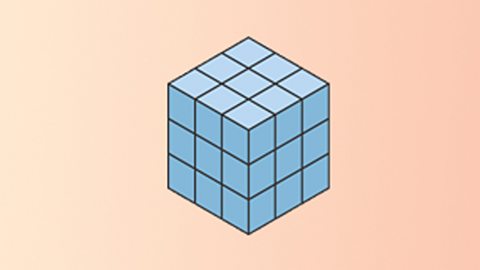
Video playlist
Distance, speed and time calculations. Video
A guide demonstrating the relationship between distance, speed and time
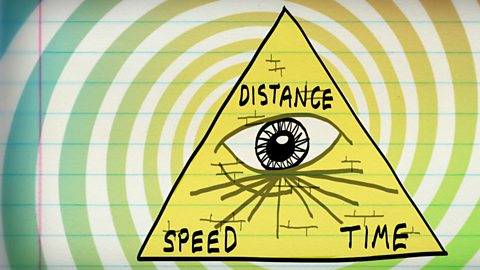
Loci and constructions. Video
Detective Al Gebra shows Jon how to tackle his neighbour's gardening work using loci.

The approximate history of area and volume. Video
Alan and Praxis explore development of measuring area and volume and meet Archimedes.
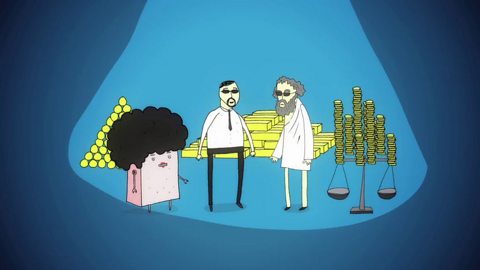
Surface area and volume. Video
How can Maths Crimes detective, Al Gebra, sort out a pet shop palaver using formulas?

The approximate history of measurement. Video
A humorous animation looking at the development of measurement and the units we use for it

The approximate history of Pythagoras. Video
An animated guide to the mathematical ideas of Pythagoras.
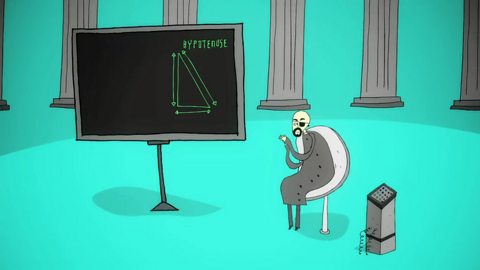
Maps. Video
An animated guide demonstrating the relationship between distance, speed and time.
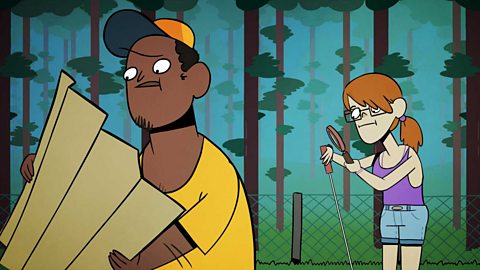
Links
- External linkExternal link